Urbanization is one of the most drastic forms of land-use change, and its negative consequences on biodiversity have been studied extensively in temperate countries such as Germany.
Tag: Birds
BRI’s Research Published in the Journal Evolutionary Applications
BRI’s research is included in a published collaborative study to understand how risk factors affect migratory bird populations across their annual cycle. For example, disease outbreaks may happen on the breeding grounds, the wintering grounds, or during migration and are…
Toxin sponges may protect poisonous frogs and birds from their own poisons, study suggests
A team of researchers from the University of California, San Francisco (UCSF), Stanford University, and the California Academy of Sciences (CAS) has uncovered new clues as to how poisonous frogs and birds avoid intoxicating themselves.
Harmful Algal Blooms Jeopardize Health of Reptiles, Songbirds
Toxic algal blooms in the Great Lakes region cause mixed reactions in wildlife, from higher stress levels to weaker immune systems.

Rapidly Diversifying Birds in Southeast Asia Offer New Insights Into Evolution
New findings from zoologists working with birds in Southeast Asia are shining fresh light on the connections between animal behaviour, geology, and evolution – underlining that species can diversify surprisingly quickly under certain conditions.
Step Inside the Danforth Center Prairie: Plants, Pollinators, and Birds
Whether you are driving by or visiting the Danforth Center, one of the first things you’ll notice is the six acres of reconstructed Missouri tallgrass prairie in front of our building.
Air pollution from wildfires impacts ability to observe birds
Researchers from the University of Washington provide a first look at the probability of observing common birds as air pollution worsens during wildfire seasons. They found that smoke affected the ability to detect more than a third of the bird species studied in Washington state over a four-year period. Sometimes smoke made it harder to observe birds, while other species were actually easier to detect when smoke was present.
What Bird is Singing? Ask the Merlin Bird ID App for an Instant Answer
With a new feature in the free Merlin Bird ID app from the Cornell Lab of Ornithology, you can now ID a bird by its sound.
What factors put Philippine birds at risk of extinction?
A new study from University of Utah researchers suggests that, due to deforestation and habitat degradation, more bird species may be endangered that previously thought – including species that may not have been discovered yet.
More than a bumpy ride: turbulence offers boost to birds
By combining wind speed data with the measured accelerations of a golden eagle outfitted with GPS tracking instruments, researchers suggest that, rather than hindering flight, turbulence is a source of energy that birds may use to their advantage.
Los Alamos teams with international group to examine spread of infectious disease by migratory birds
A multinational effort is underway to understand and control the spread of disease among migratory birds.
Polar vortex, winter heat may change bird populations
Researchers set out to learn how extreme winter cold and heat affected 41 common bird species in eastern North America. They found that individual bird species respond differently to these weather events, and extreme winter heat may lead to longer-term changes in bird populations.
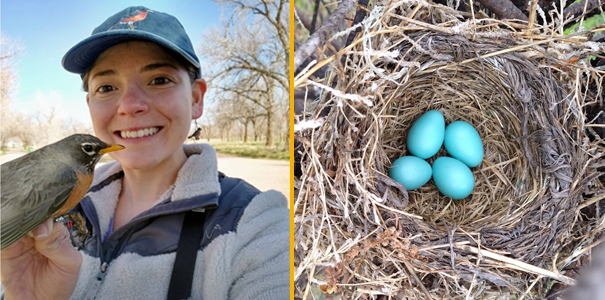
UNC Biological Education Doctoral Candidate Awarded $20,000 Award
Karina Sanchez, a Biological Education Ph.D. candidate at the University of Northern Colorado, has been awarded a $20,000 American Dissertation Fellowship award from the American Association of University Women (AAUW), an organization that promotes education and equity for women and girls. Her dissertation involves researching how noise and light pollution and landscape composition in urban settings affects American robins, specifically their bird song.
Bird data from Ethiopia fills in baseline data gaps
The study establishes baseline observations for tropical birds in East Africa, filling in an important data gap for monitoring biodiversity and tropical ecosystem health in a warming world.
Iconic bird makes its home on campus
With its tree-laden campus and adjacent protected natural reserves, UCI enjoys being home to a great variety of bird species. One particular raptor continues to capture the attention of the many avid birders in Orange County: the white-tailed kite. This iconic bird of Orange County – named for its ability to hover in the air while hunting –nearly went extinct throughout California in the early 1900s due to human-related threats.

The Wave Beneath Their Wings
It’s a common sight: pelicans gliding along the waves, right by the shore. These birds make this kind of surfing look effortless, but actually the physics involved that give them a big boost are not simple. Researchers at the University of California San Diego have recently developed a theoretical model that describes how the ocean, the wind and the birds in flight interact in a recent paper in Movement Ecology.

Buffalo State Biology Professor Publishes Research on Avian Hybridization
Several biological factors and behavioral traits—like migrating habits and social bonds—play into whether certain species of birds are more likely to produce hybrid offspring than others

Why lists of worldwide bird species disagree
Biologists set out to compare four main lists of bird species worldwide to find out how the lists differ—and why. They found that although the lists agree on most birds, disagreements in Southeast Asia and the Southern Ocean could mean that some species are missed by conservation ecologists.

Warming climate slows tropical birds’ population growth rates
Monte Neate-Clegg and colleagues tracked the demographics of 21 bird species over 30 years of observations from a mountain forest in Tanzania. For at least six of the species, their population declined over 30 years could be most attributable to rising temperatures – an effect of a warming world. Smaller birds, as well as those that live at the lower part of their elevation range, were at higher risk for slowed population growth.
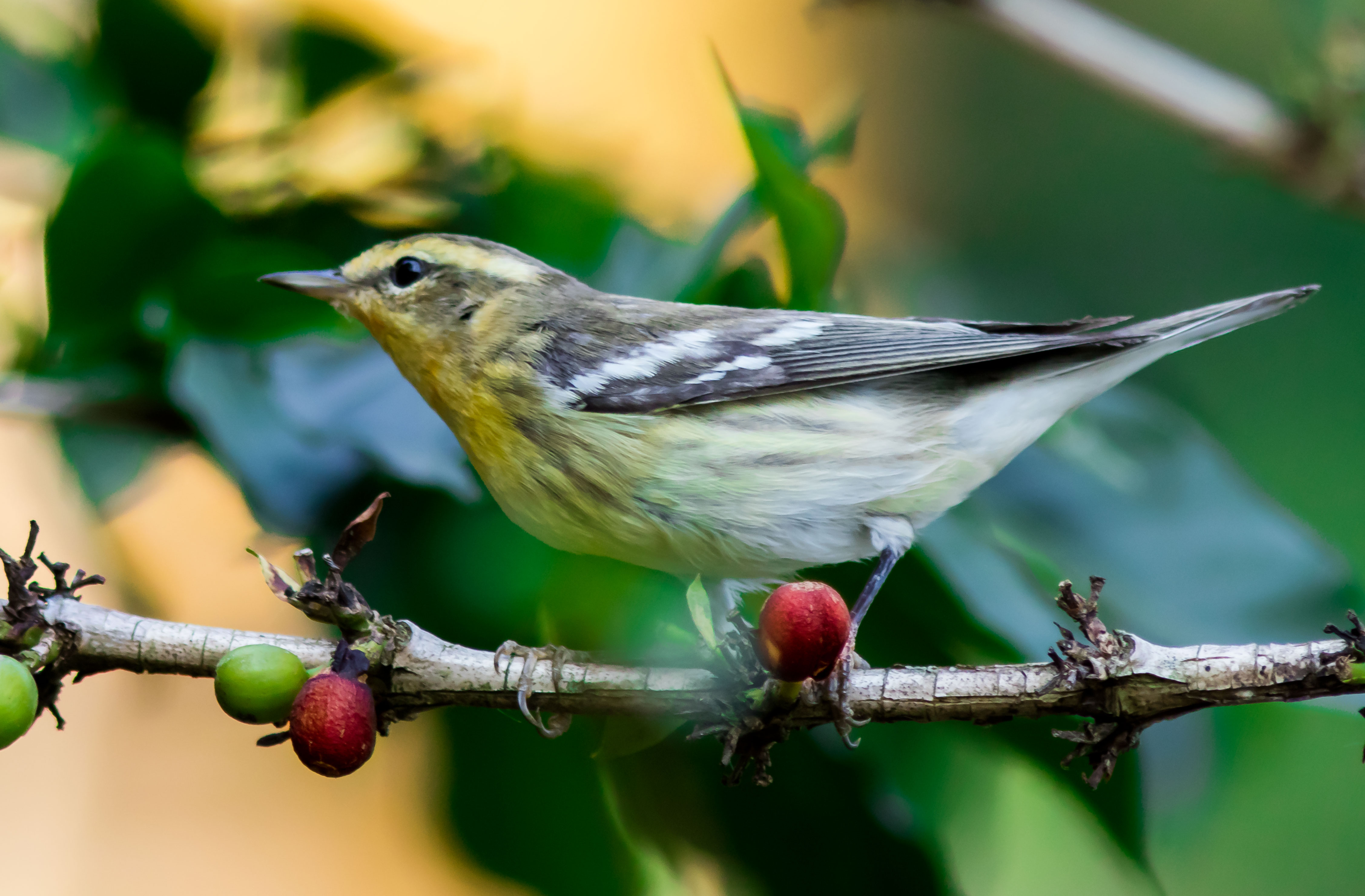
Shade-Grown Coffee Could Help Save Birds, If Only People Knew About It
The message about the bird-conservation benefits of shade-grown coffee may not be getting through to the people most likely to respond—birdwatchers. A team of researchers from the Cornell Lab of Ornithology and Virginia Tech surveyed birdwatchers to learn if they…
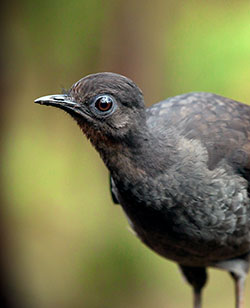
Male Lyrebirds Create an “Acoustic Illusion” to Snare Potential Mates
Famous for their uncanny ability to imitate other birds and even mechanical devices, researchers find that Australia’s Superb Lyrebird also uses that skill in a totally unexpected way. Lyrebirds imitate the panicked alarm calls of a mixed-species flock of birds while males are courting and even while mating with a female.
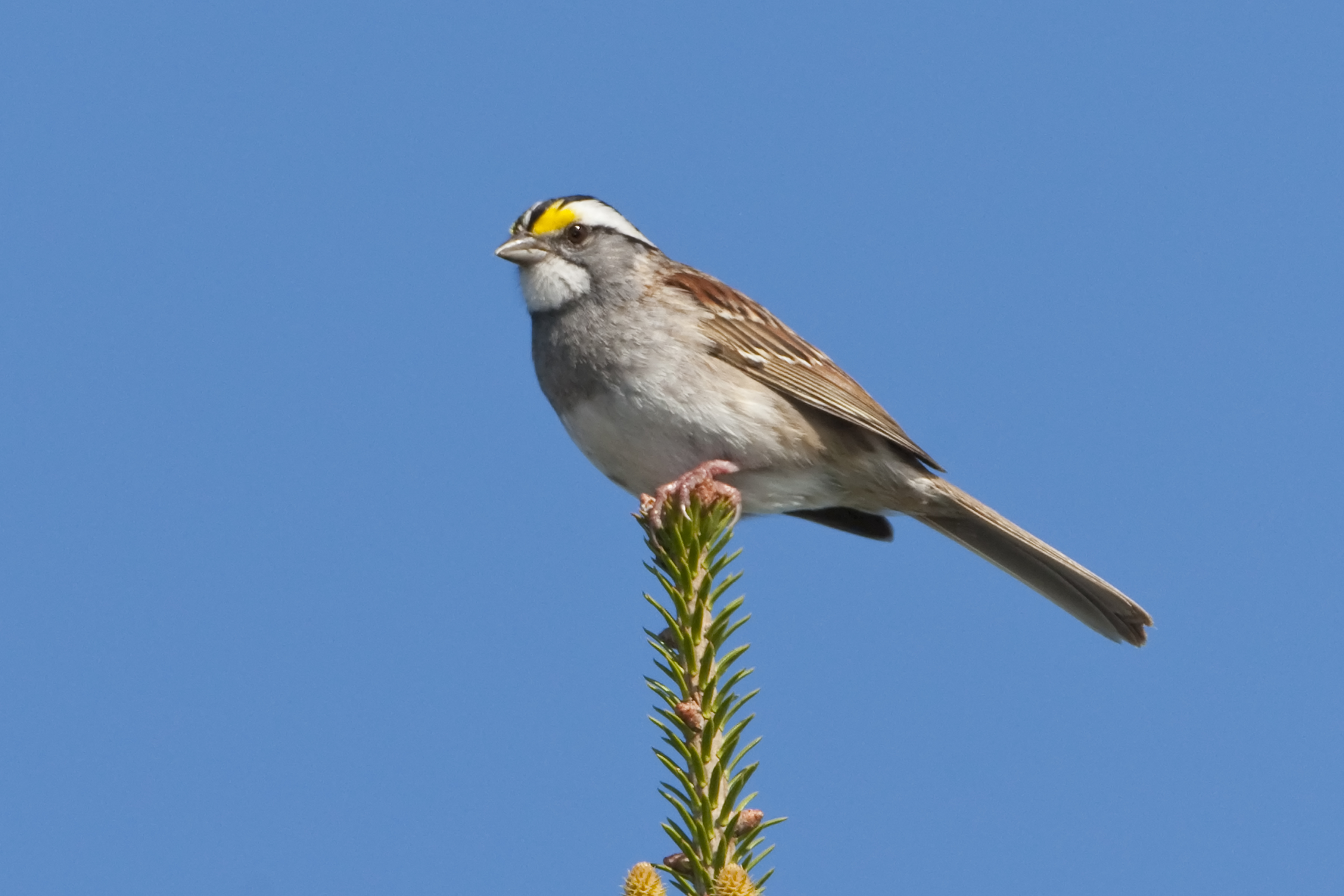
Birds and Rural Sprawl
A new study in the journal Diversity by researchers from Paul Smith’s College Adirondack Watershed Institute (AWI) and Wildlife Conservation Society (WCS) finds that bird communities in two rapidly developing rural landscapes react differently to increased “rural sprawl.”
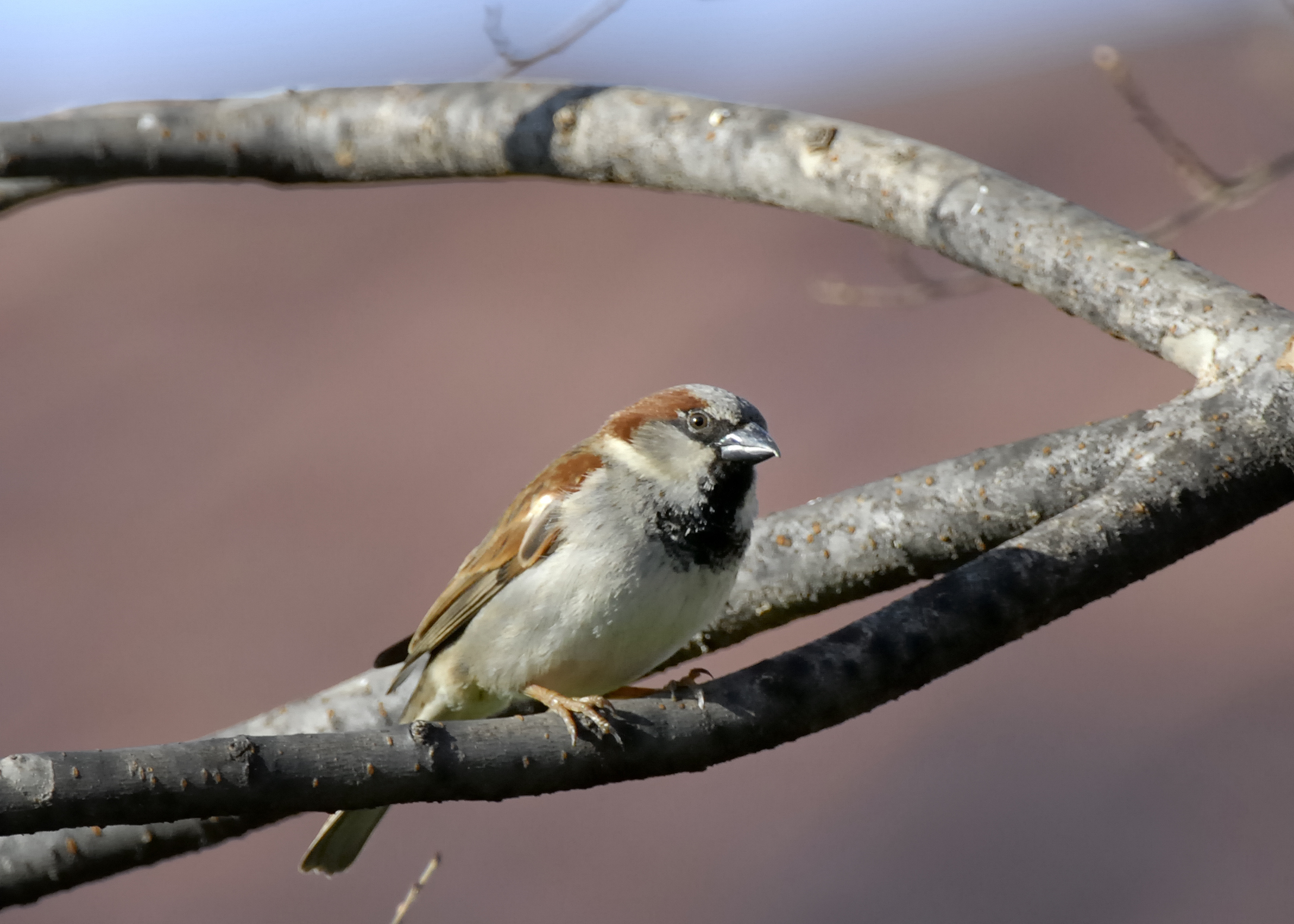
Study Finds Even the Common House Sparrow is Declining
A new study by Cornell Lab of Ornithology scientists aims to clarify the status of the non-native European House Sparrow, using 21 years of citizen science data from the Cornell Lab’s Project FeederWatch.
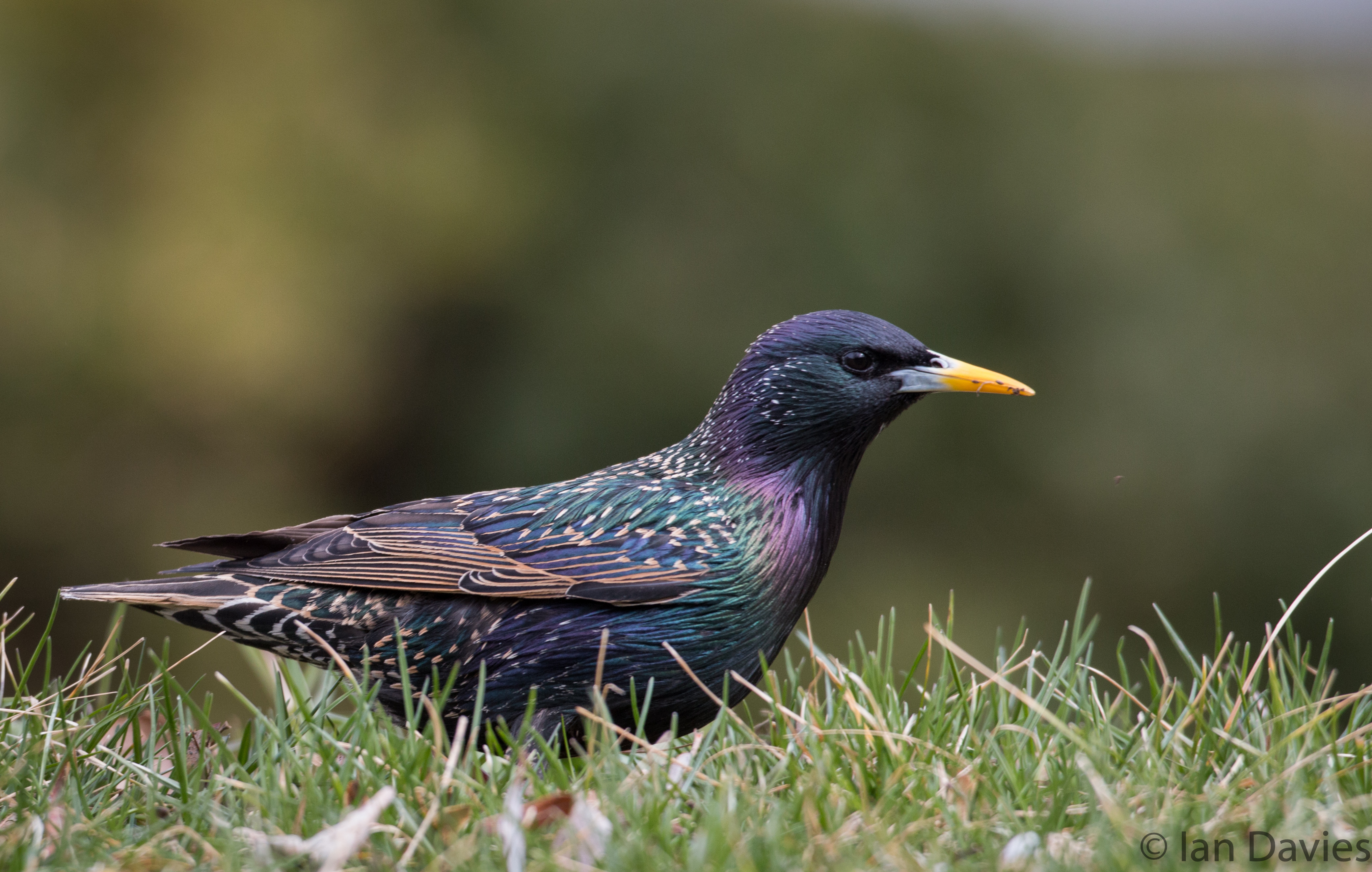
Starling Success Traced to Rapid Adaptation
Love them or hate them, there’s no doubt the European Starling is a wildly successful bird. A new study from the Cornell Lab of Ornithology examines this non-native species from the inside out to learn what exactly happened at the genetic level as the starling population exploded and spread all across North America?
As climate change cranks up the heat in the Mojave Desert, not all species are equally affected
A new study shows how climate change is having a much greater impact on birds than small mammals in the Mojave Desert in the southwestern United States. The study could inform conservation practices and shed new light on how climate change affects various species differently. The research drew on cutting-edge computer modeling as well as survey data from more than 100 years ago.
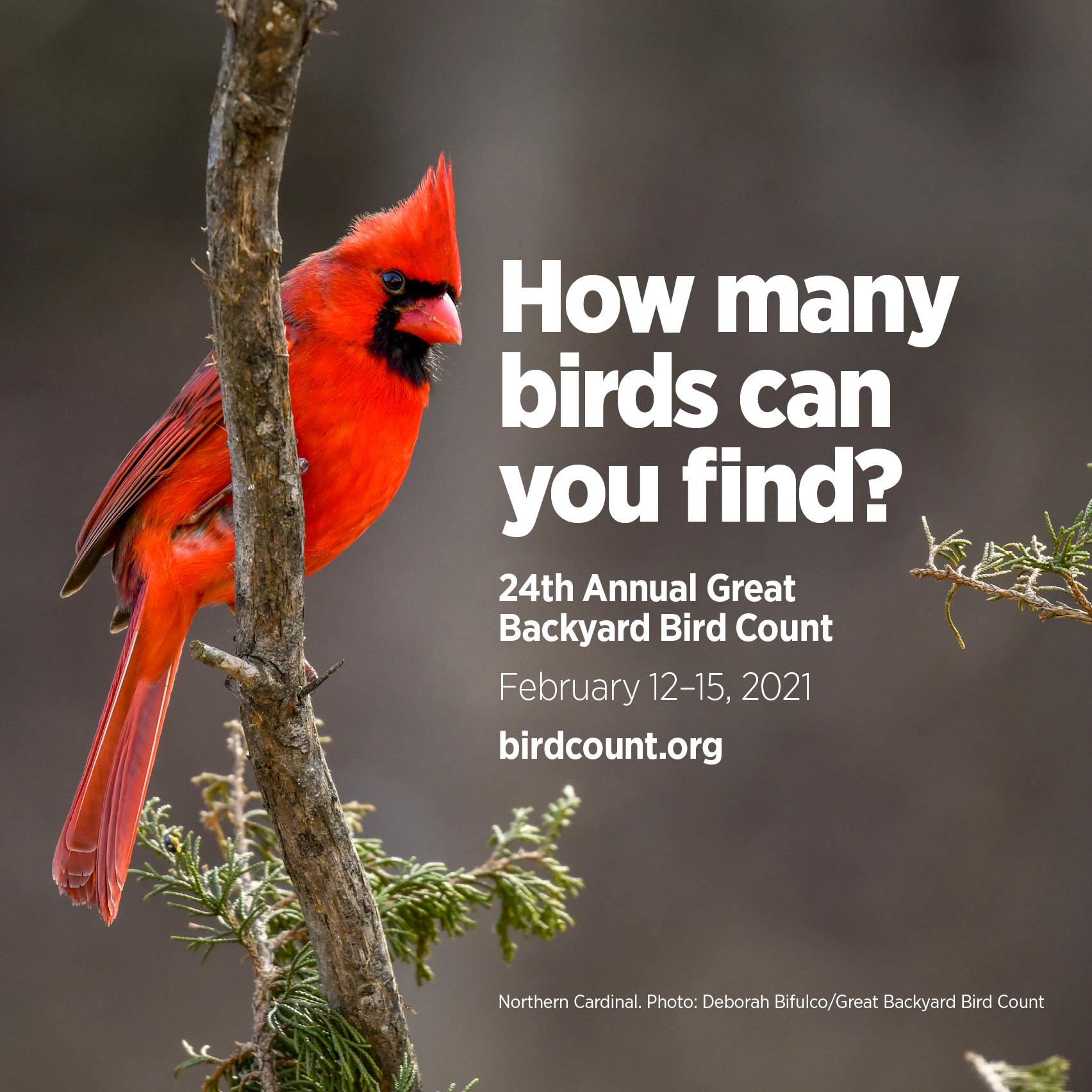
How Many Birds Will You Find?
The 24th annual Great Backyard Bird Count (GBBC) is a great opportunity for all budding birdwatchers and bird-count veterans to use their skills. People from around the world count the birds they see for at least 15 minutes on one or more days of the count, and then enter their checklists online. The GBBC takes place February 12 through 15.
Rutgers Expert Available to Discuss Record Year for Bald Eagles in N.J.
New Brunswick, N.J. (Jan. 13, 2021) – Rutgers University–New Brunswick ecologist Michael C. Allen is available for interviews on the record year for bald eagles in New Jersey. “The resounding return of bald eagles in North America has been especially strong…
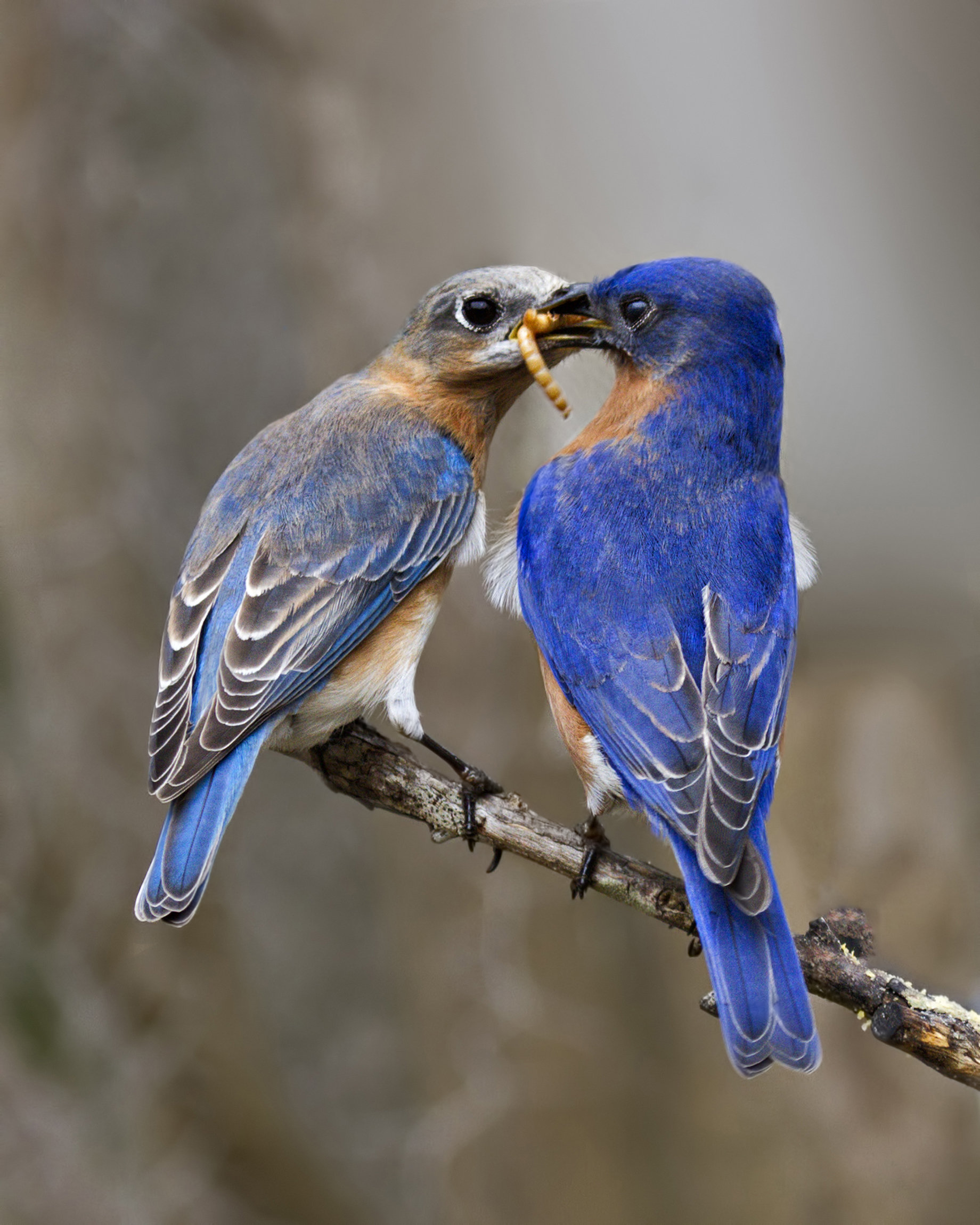
Study Examines Attitudes Toward Non-Native Birds
A new study from scientists at the Cornell Lab of Ornithology examines public attitudes toward non-native bird species and whether people are willing to manage them to protect native cavity-nesting birds, such as Eastern Bluebirds and the American Kestrel. The findings are published in the Journal of Environmental Management.

Holiday Gifts That Give Back to Birds and Nature
There’s been a huge bump in the number of people connecting with birds and nature as people stuck close to home during this past year, and the trend is continuing. The perfect gift for new—and veteran—birdwatchers is the gift of knowledge. There’s so much to learn about birds! Below are holiday gift ideas that are meaningful and environmentally friendly—and your purchase supports the nonprofit conservation work at the Cornell Lab of Ornithology.
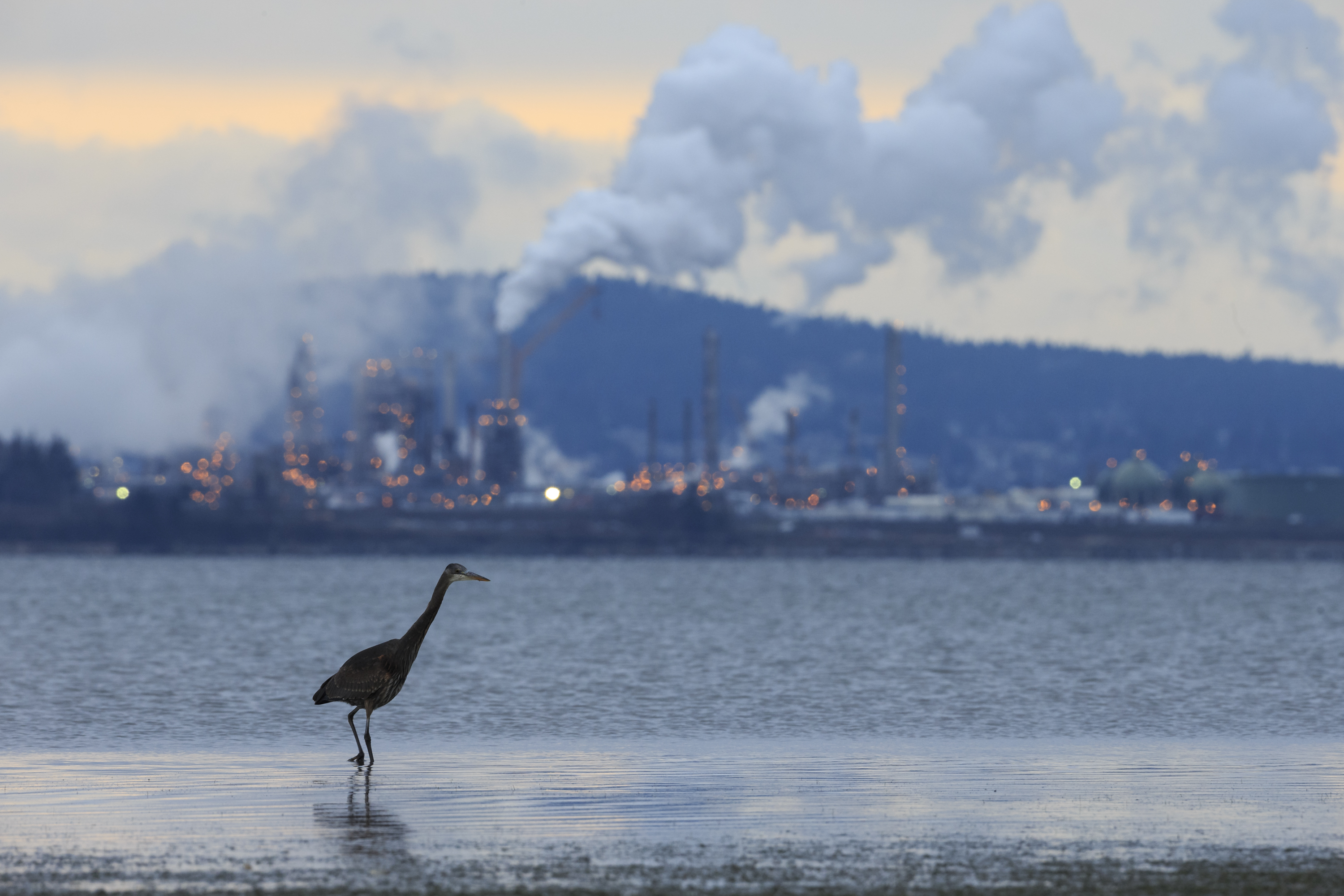
Study: Clean Air Act Saved 1.5 Billion Birds
U.S. pollution regulations meant to protect humans from dirty air are also saving birds. So concludes a new continentwide study published today in The Proceedings of the National Academy of Sciences. Study authors found that improved air quality under a federal program to reduce ozone pollution may have averted the loss of 1.5 billion birds during the past 40 years.

Migration and Molt Affect How Birds Change Their Colors
Before the journey, many birds molt their bright feathers, replacing them with a more subdued palette. Watching this molt led scientists to wonder how feather color changes relate to the migrations many birds undertake twice each year.
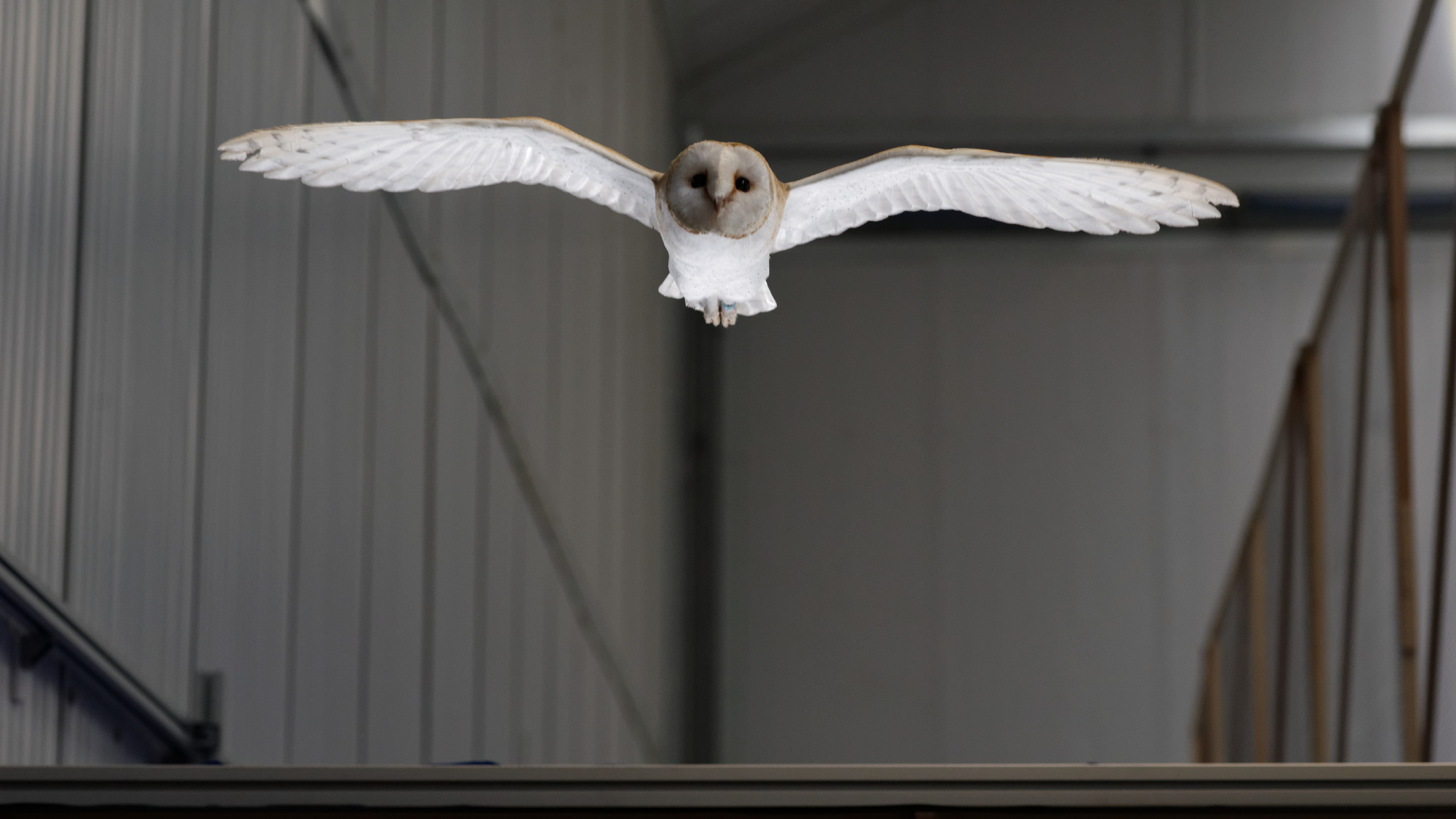
Lily the barn owl reveals how birds fly in gusty winds
Scientists from the University of Bristol and the Royal Veterinary College have discovered how birds are able to fly in gusty conditions – findings that could inform the development of bio-inspired small-scale aircraft.

Mapping out rest stops for migrating birds
Researchers have developed a new metric called the stopover-to-passage ratio that can help determine if a majority of birds are flying over a particular site or stopping at the site to refuel or rest. This can have important implications for what is done on the ground to help migratory birds.

Birds Risk Starvation Trying to “Keep Pace” With Climate Change
Surviving on a warming planet can be a matter of timing—but simply shifting lifecycle stages to match the tempo of climate change has hidden dangers for some animals, according to new research from the Max Planck Institute of Animal Behaviour and Cornell University.
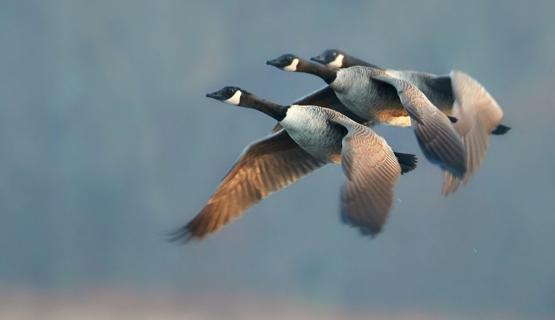
Join Online Events to Celebrate Bird Migration
Day and night, across the country right now, a river of migrating birds is flowing overhead. The Cornell Lab of Ornithology holds its Migration Celebration to take note of this remarkable natural phenomenon. This year, Migration Celebration is taking place virtually with two weeks of special online events, including articles, activities, and live events.
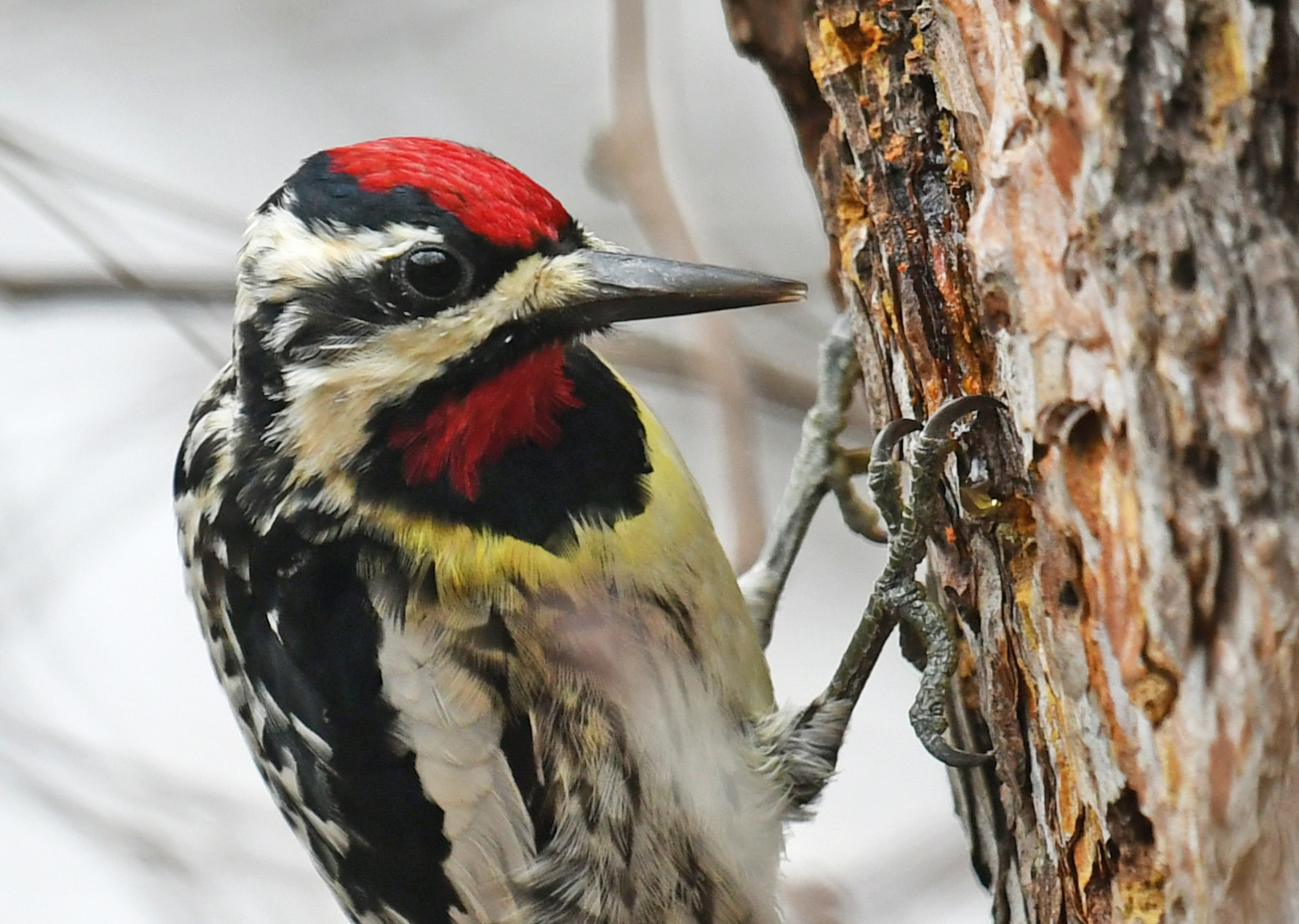
Understanding how birds respond to extreme weather can inform conservation efforts
How do different bird species respond to extreme weather events that occur for different amounts of time, ranging from weekly events like heat waves to seasonal events like drought? And how do traits unique to different species — for example, how far they migrate or how commonly they occur — predict their vulnerability to extreme weather?
Meet the hedge fund managers of avian world
In uncertain times, it makes sense to manage risk in your endeavors — whether it’s investing in money-making opportunities or deciding where to lay your eggs. Brood parasites are birds that are known to lay their eggs in other birds’ nests. Cowbirds and cuckoos are among the most famous examples of this group.

Is it a bird, a plane? Not superman, but a flapping wing drone
A drone prototype that mimics the aerobatic manoeuvres of one of the world’s fastest birds, the swift, is being developed by an international team of engineers in the latest example of biologically inspired flight.
New U.S. Fish and Wildlife Service rule undermines mission to protect birds
The U.S. Department of the Interior is in the final stages of codifying a new rule that excludes so-called “incidental take” from Migratory Bird Treaty Act protections. This new rule reverses longstanding federal policy that has held industry liable for negligent…
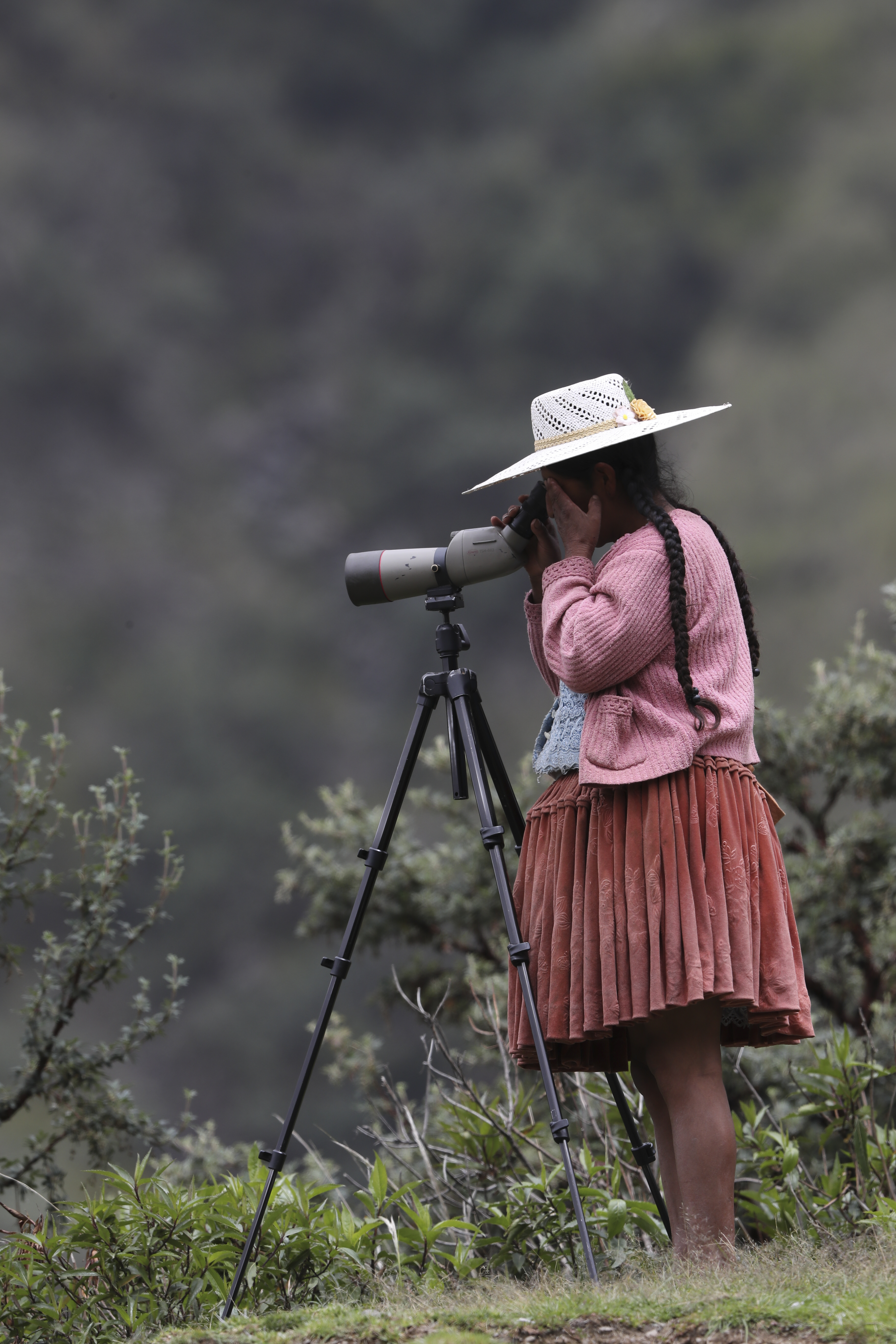
Community science birding data does not yet capture global bird trends
Ornithologists at the University of Utah say that community science bird data shows different trends in bird populations than professional bird surveys do, especially in developing countries. More observations are needed, the researchers say, both by birders and professionals.
Rutgers Expert Can Discuss Creating Wildlife Habitat in Your Yard
New Brunswick, N.J. (June 15, 2020) – Kathleen Kerwin, a wildlife expert at Rutgers University–New Brunswick, is available for interviews on how to create wildlife habitat in your yard. “Creating backyard habitat for wildlife is a relatively easy way homeowners…
Rutgers Expert Can Discuss Family’s 43-Year Backyard Bird Citizen Science Project
New Brunswick, N.J. (June 8, 2020) – Rutgers University–New Brunswick Professor Kimberly Russell is available for interviews on an upstate New York family’s 43-year family tradition – a competition to predict the arrival of American robins in their backyard every spring…
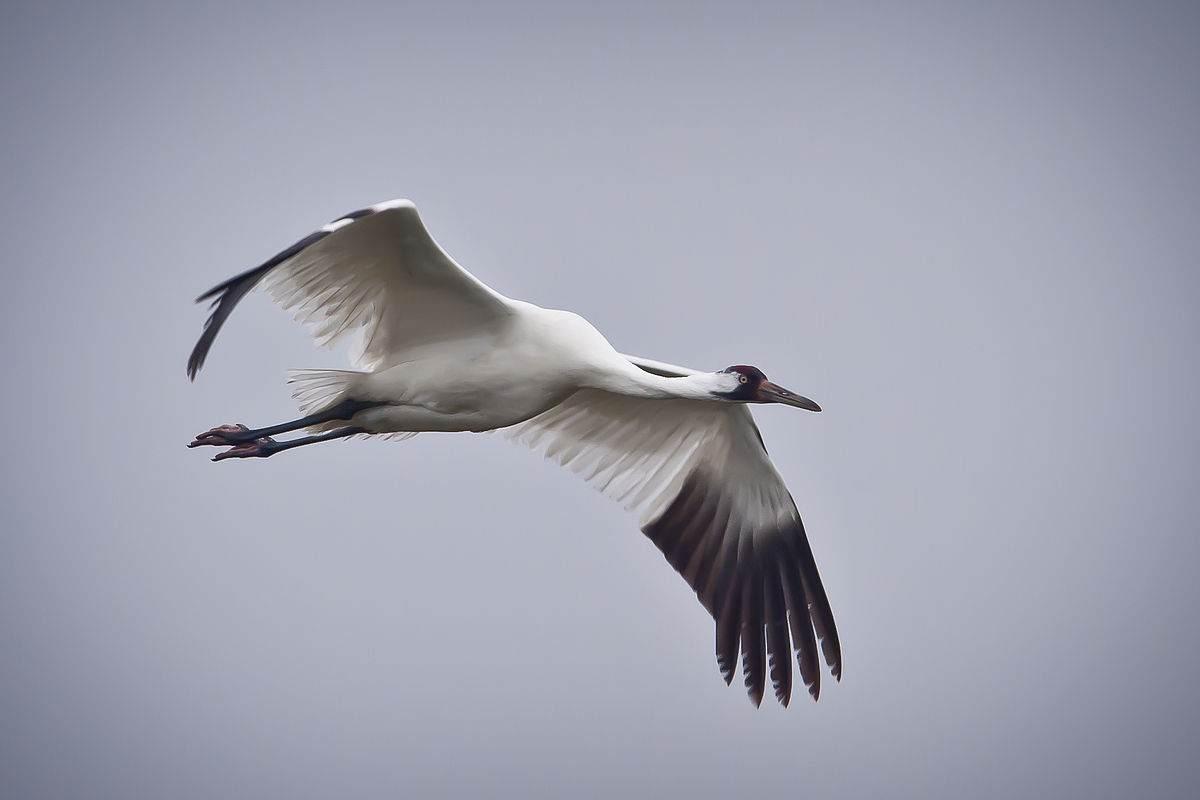
Analysis of 10,000 bird species reveals how wings adapted to their environment and behaviour
Bird wings adapted for long-distance flight are linked to their environment and behaviour, according to new research on an extensive database of wing measurements, led by the University of Bristol.
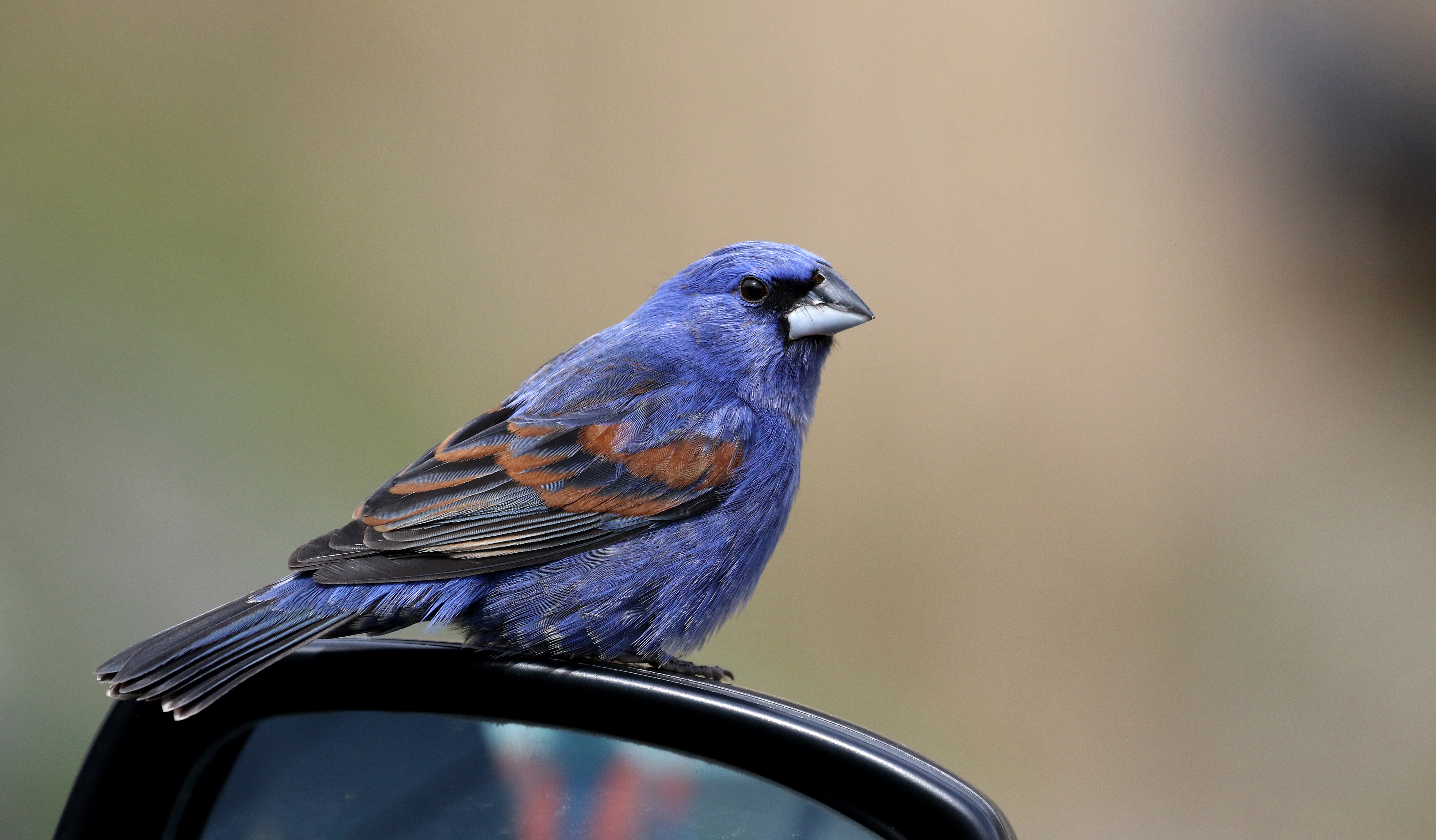
Birdwatchers Set World Records On Global Big Day
Birdwatchers set a new world record on May 9 for birds documented in a single day. During the annual Global Big Day, participants reported a record-breaking 2.1 million bird observations, recording 6,479 species. An all-time high of 50,000 participants submitted more than 120,000 checklists, shattering the previous single-day checklist total by 30%.
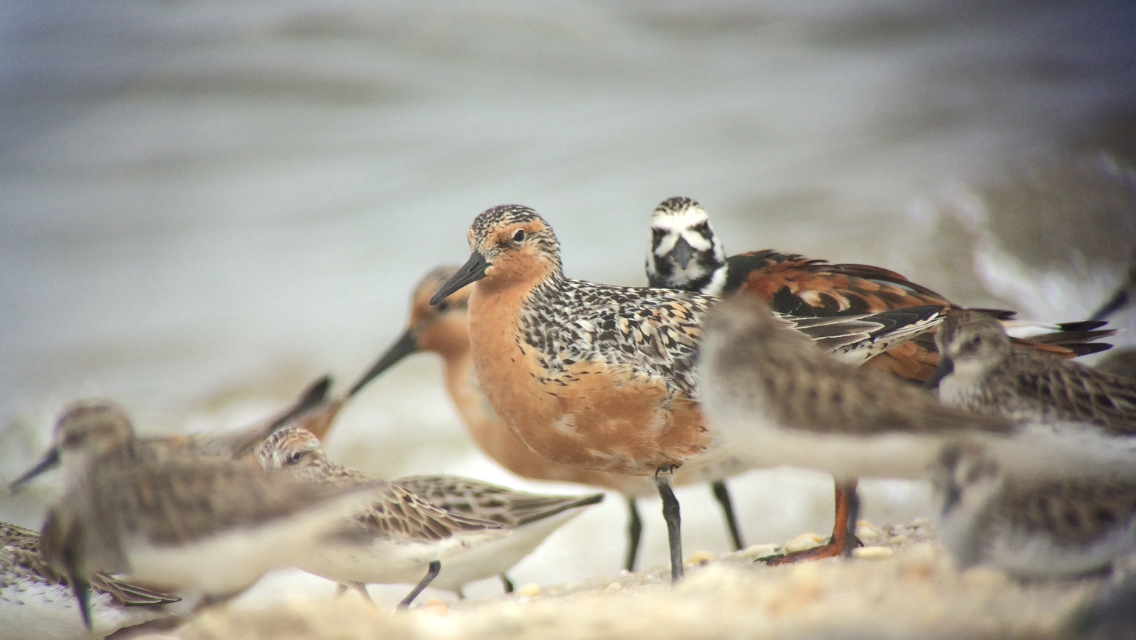
Oyster Farming and Shorebirds Likely Can Coexist
Oyster farming as currently practiced along the Delaware Bayshore does not significantly impact four shorebirds, including the federally threatened red knot, which migrates thousands of miles from Chile annually, according to a Rutgers-led study. The findings, published in the journal Ecosphere, likely apply to other areas around the country including the West Coast and Gulf Coast, where oyster aquaculture is expanding, according to Rutgers experts who say the study can play a key role in identifying and resolving potential conflict between the oyster aquaculture industry and red knot conservation groups.

World Migratory Bird Day is May 9
Migratory birds are now flooding across the continent, as they return to their nesting grounds this spring. World Migratory Bird Day is on May 9, 2020, as people around the globe welcome birds back—and lend them a helping hand.
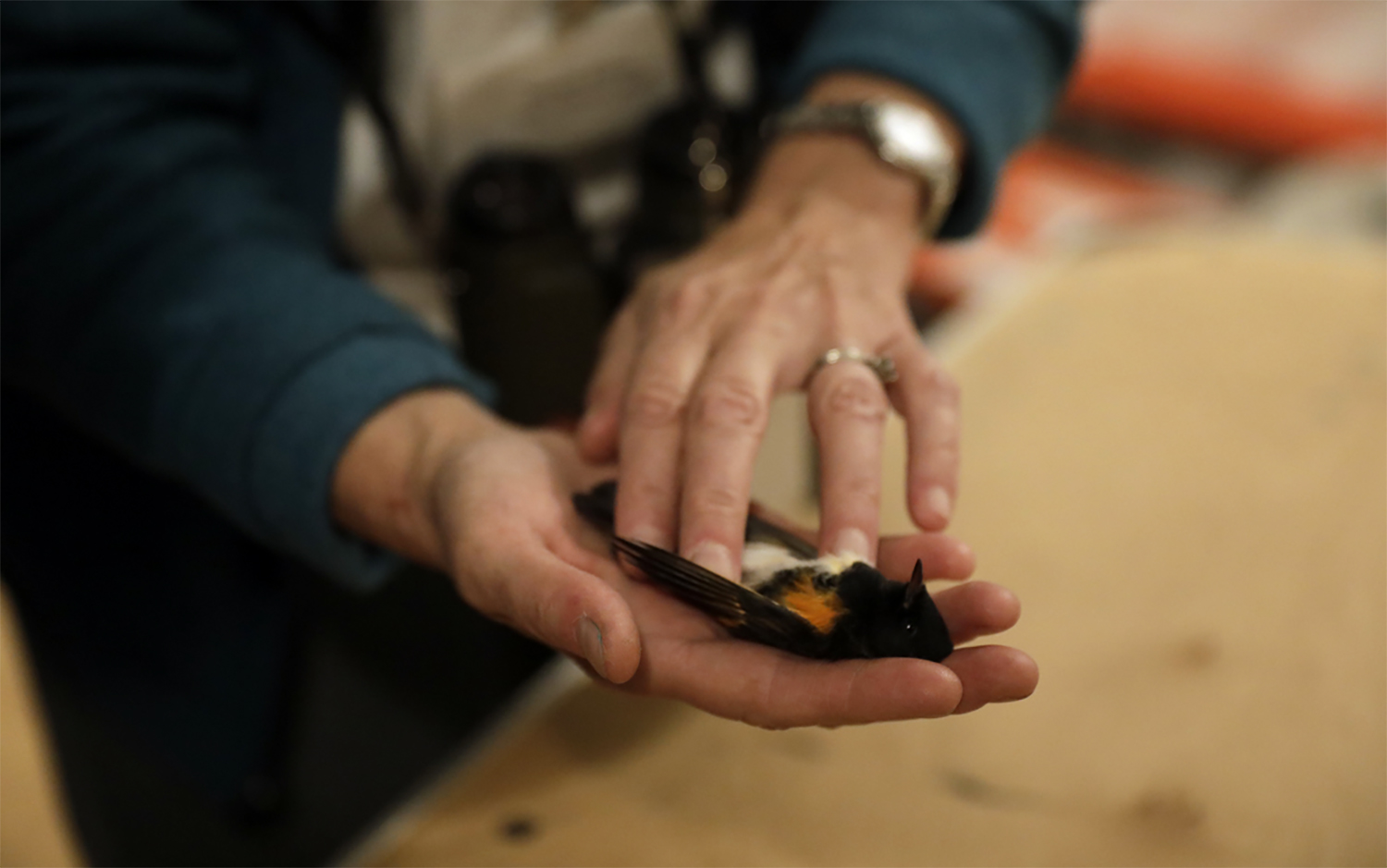
Birds Are Coming Through: Time to Switch Off the Lights
The biggest window of opportunity is opening up now to protect birds returning to the United States and Canada on their spring migrations. Analyses by scientists at the Cornell Lab of Ornithology and Colorado State University pinpoint key periods with the heaviest movements of birds in April and May. Turning off or reducing non-essential lighting at homes, businesses, and high-rise buildings will help protect hundreds of millions of birds migrating over brightly lit cities.
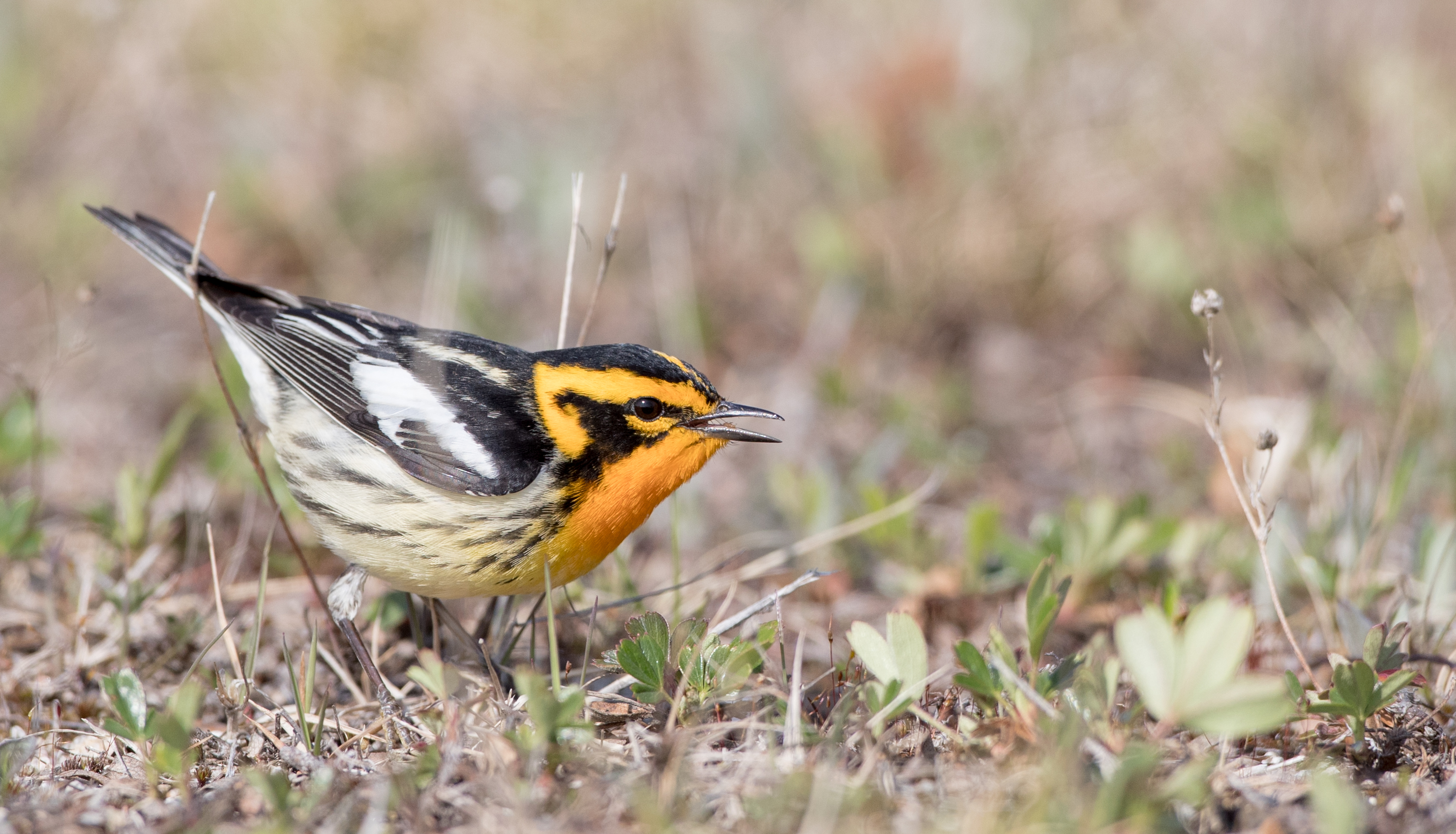
Join “Lights Out Texas” to Protect Migratory Birds
Lights Out Texas is a new two-year study now underway in Houston, Dallas, and Fort Worth. Along with local partners, researchers from the Cornell Lab of Ornithology and Colorado State University plan to test the best times to turn off lights at night in order to prevent harm to the hundreds of millions of birds migrating over these cities.
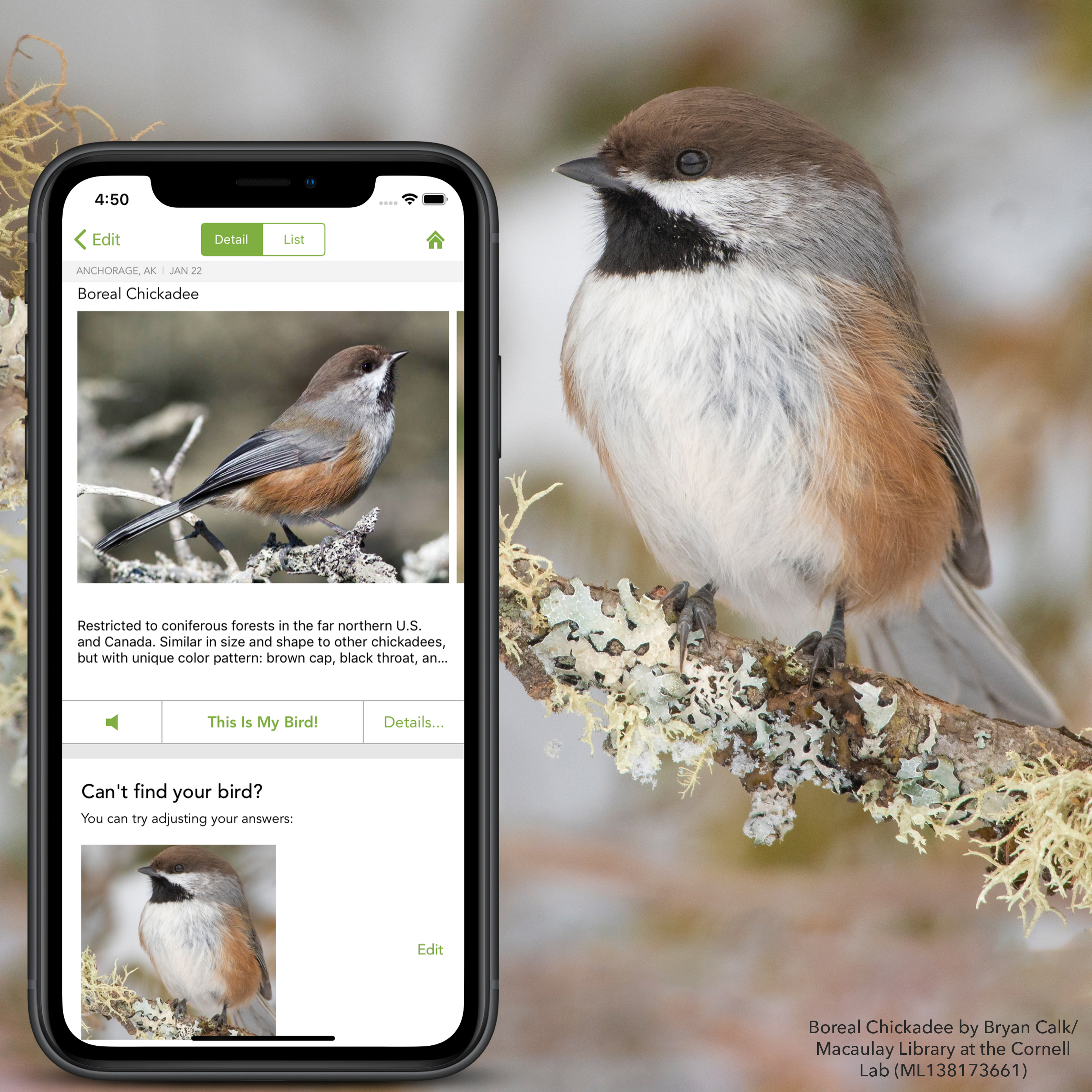
Make Backyard Discoveries With the Free Merlin Bird ID App
With the emphasis on staying at home, more and more people are discovering the birds in their backyards—and they want to know the names of those birds. The free Merlin Bird ID app from the Cornell Lab of Ornithology was designed to answer the simple question, “What’s that bird?
Every Bird Has a Story. Discover Them All
Answers to questions about any bird species, anywhere on Earth, may be found in a new digital publication from the Cornell Lab of Ornithology called Birds of the World.